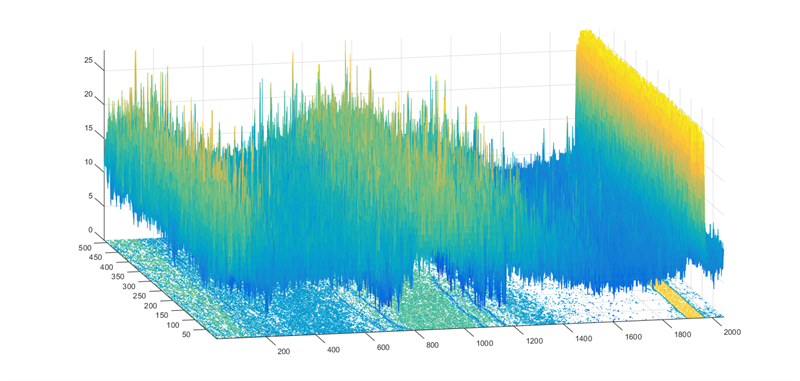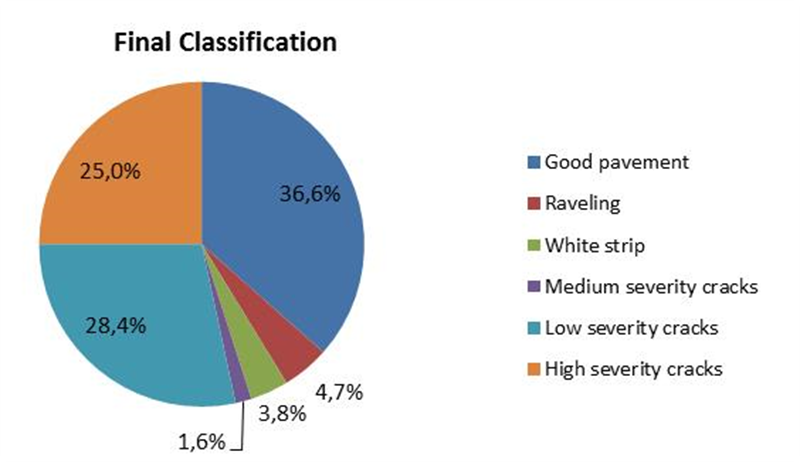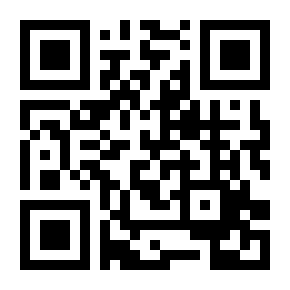PICUCHA, a New Methodology for Pavement Distresses and Characteristics Assessment
The pavement surface condition assessment is one of the most important information for a proper pavement management as well as for pavement rehabilitation design. The handmade assessments, common decades ago, are no longer viable for many reasons, including the high costs and risks for staff on the current high trafficked highways.
A number of hardware devices were developed to take technical pictures or perform a 3D scanning for pavement distresses survey, but while the hardware is advanced from steadily, the software required for automatic distresses identification remains a challenge.The few available software to process the picture data usually are capable to deal just with cracks, and frequently with an insufficient accuracy.
Neogennium developed a new and hybrid methodology based on artificial intelligence and computer vision techniques. It is called PICUCHA and is capable to detect cracks, potholes, patches, painted signs, joints, drainage devices, different types of pavements with different textures and colors, including mixed sections of asphalt and Portland cement concrete, and any combination of two or more of them, solid or complex shadows and even objects dropped over the pavement, among others.
PICUCHA is fully operational already and has been built in a way where a (human) pavement expert engineer will have the opportunity to interact and make some key decisions providing unmatchable accuracy up to 97%.
PICUCHA is compatible with technical orthogonal ("downward facing") pictures taken with any equipment brand, at any resolution and any picture size, including LCMS devices.









.png)









